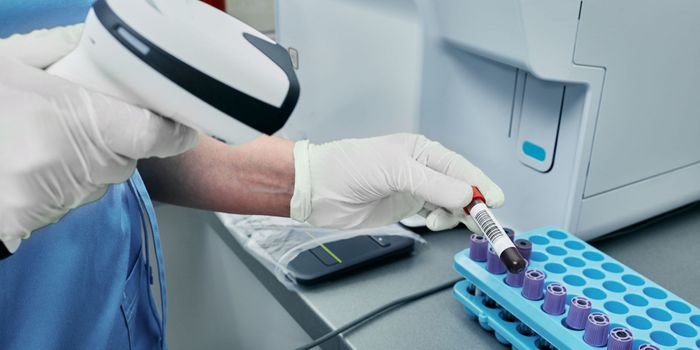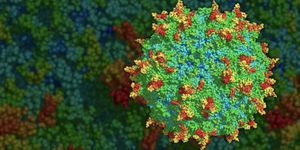Using CRISPR/Cas9 to Modify Chemical Reactions in Cells
Since the CRISPR gene editor was created, researchers around the world have tweaked and refined the tool to use it in a variety of ways. Scientists at the University of Delaware (UD) have now found a way to make it quickly and precisely alter biochemical cascades that involve DNA in cells. They are aiming to make it easier to trigger certain chemical reactions in cells, which may make it easier to produce pharmaceuticals or biofuels.
Enzymes are crucial molecules that can catalyze biochemical reactions, and sometimes multiple enzymes work together. These reactions can work like a relay race, where the baton is a product of a reaction, which gets modified with each pass.
“Imagine that you want to pass a product along to the next person, but you are so far apart that it’s hard to pass it on. If you reduce the distance between the different partners, you get better efficiency and accuracy and you reduce competition,” explained Wilfred Chen, the Gore Professor of Chemical Engineering.
Enzymes often use protein scaffolds to work in close proximity to catalyze a series of reactions. Chen and graduate student Emily Berckman have found a way to control how these scaffolds are structured and placed, using CRISPR technology. Their work has been reported in Chemical Communications.
CRISPR is known as a gene editor which is usually paired with a DNA-cutting enzyme called Cas9, but they have used it in a different way. They have employed a modified version of the enzyme, called dCas9. Instead of acting like molecular scissors, this modified form can bind tightly to a targeted sequence of DNA, which can move a protein scaffold to a very specific place where the enzymatic reactions it's coupled with can take place.
The dCas9 enzyme has already been developed and used for various applications, and like the CRISPR technique, it is guided to its target location by an RNA molecule. It has been shown to increase the expression of a target gene when coupled with an activator, or decrease gene expression when combined with a repressor. In this case, it would be used to manipulate chemical pathways.
“We’ve made a more accurate assembly line,” Berckman said. “We can turn it on, now we have to be able to turn it off. Then, ultimately, you could apply this to as many pathways as you can think of — pharmaceuticals, biofuels, cancer therapies.”








